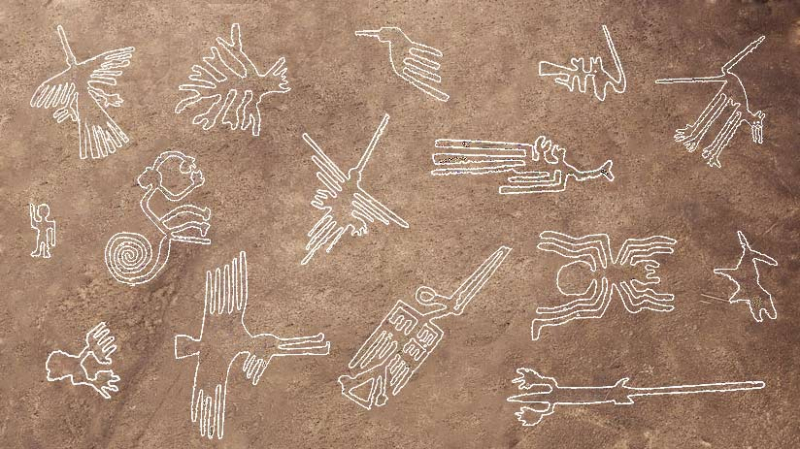Nazca Lines

Archaeologists and historians have long been fascinated by the Mysteries of the Stone Age. Many of these issues remain unresolved, ranging from the advent of Neanderthals to the evolution of writing and early art. The genesis of the Nazca Lines is one of the most mysterious. For generations, experts have been mystified by this enormous network of geometric lines and shapes in the Peruvian desert. What are they and how did they come to be?
The Nazca Lines are thought to have been created between 400 BCE and 600 CE by ancient Native Americans. The lines are drawn on the desert's surface and range in length from a few meters to over a kilometer. They represent hundreds of diverse designs, including animals, plants, geometric forms, and even The Astronaut, a humanoid figure. Some academics believe the Nazca Lines were employed for astronomical observations or religious rites. Others feel they served a more practical role, such as identifying boundaries or pathways.
The mystery surrounding the Nazca Lines is threefold. First, how did ancient peoples draw such exact lines? While some believe the lines were drawn by hand with wooden sticks, others say massive equipment such as ropes or tree trunks were utilized. However, no evidence supporting either theory has been discovered. The second wonder is how people were able to accomplish such huge size without the use of modern instruments such as airplanes or satellites. Some experts have proposed that ground-level markings such as mounds or flags may have assisted the makers in visualizing their work from afar, although this is currently just a speculation. The Stone Age mysteries remain unresolved, and people may never know for definite how the Nazca Lines were created. It is apparent, however, that whoever constructed them possessed an incredible level of engineering skill and technological expertise.
Date: between 200 BC and 600
Location: the desert of Nazca, Peru













